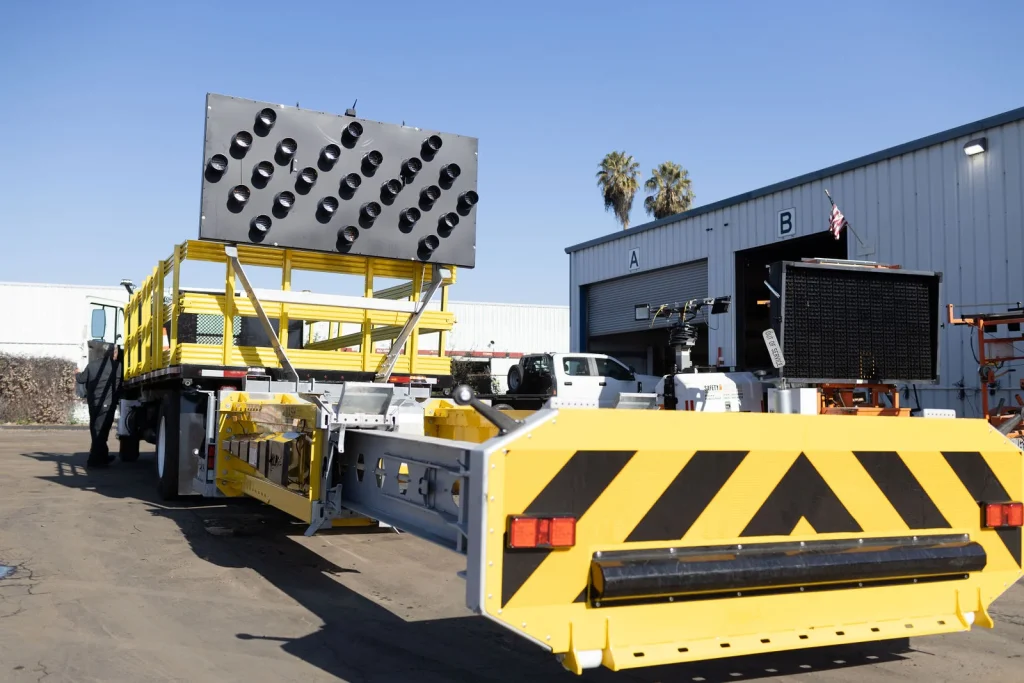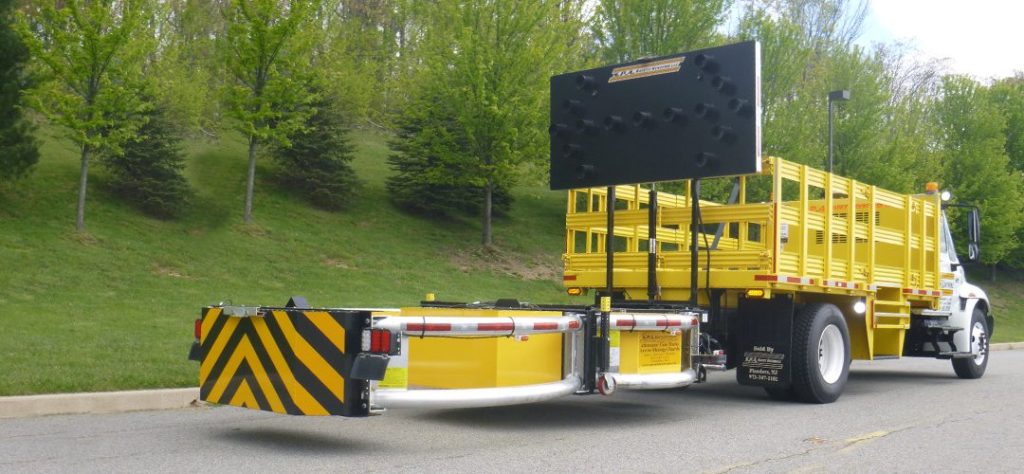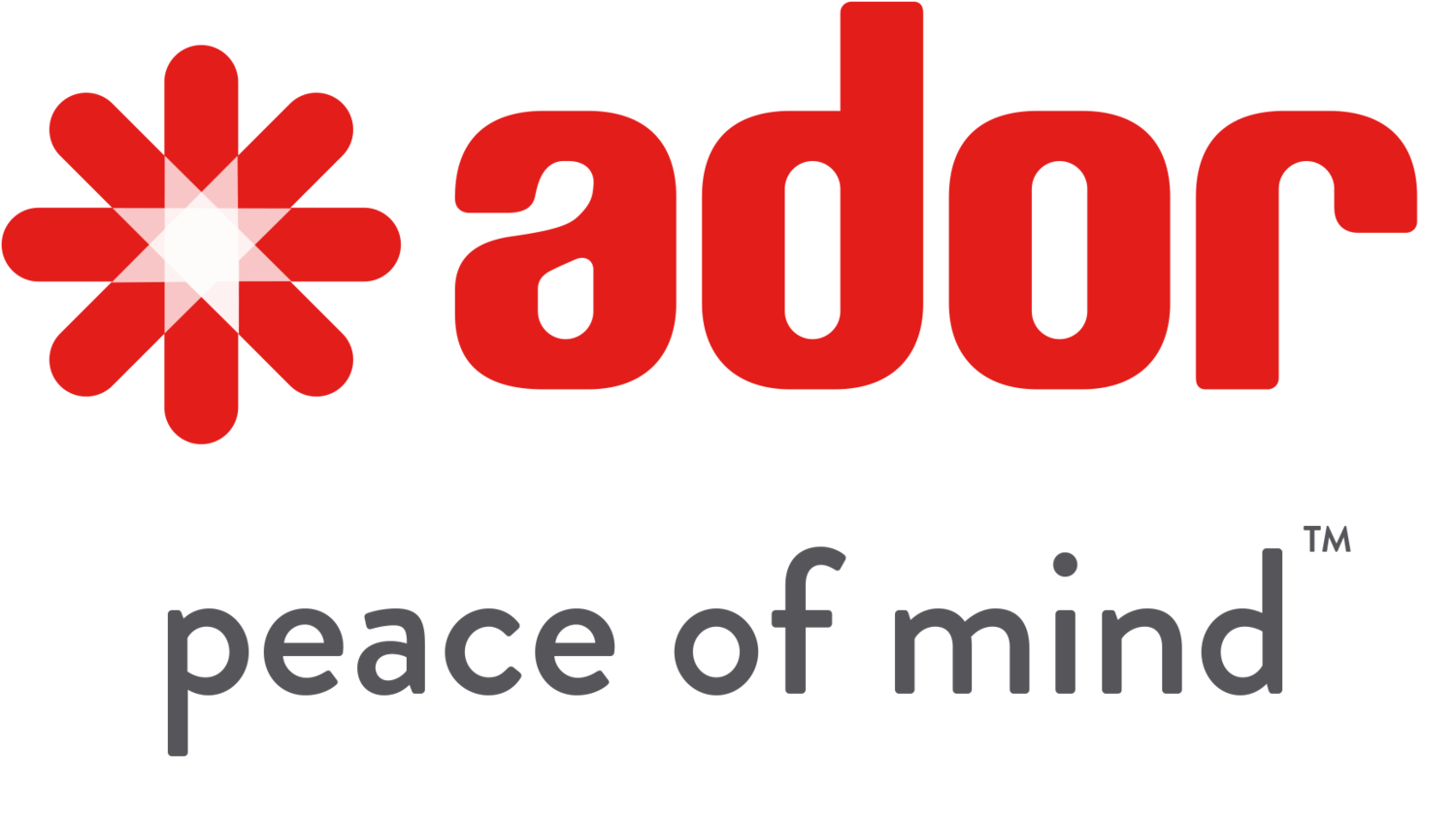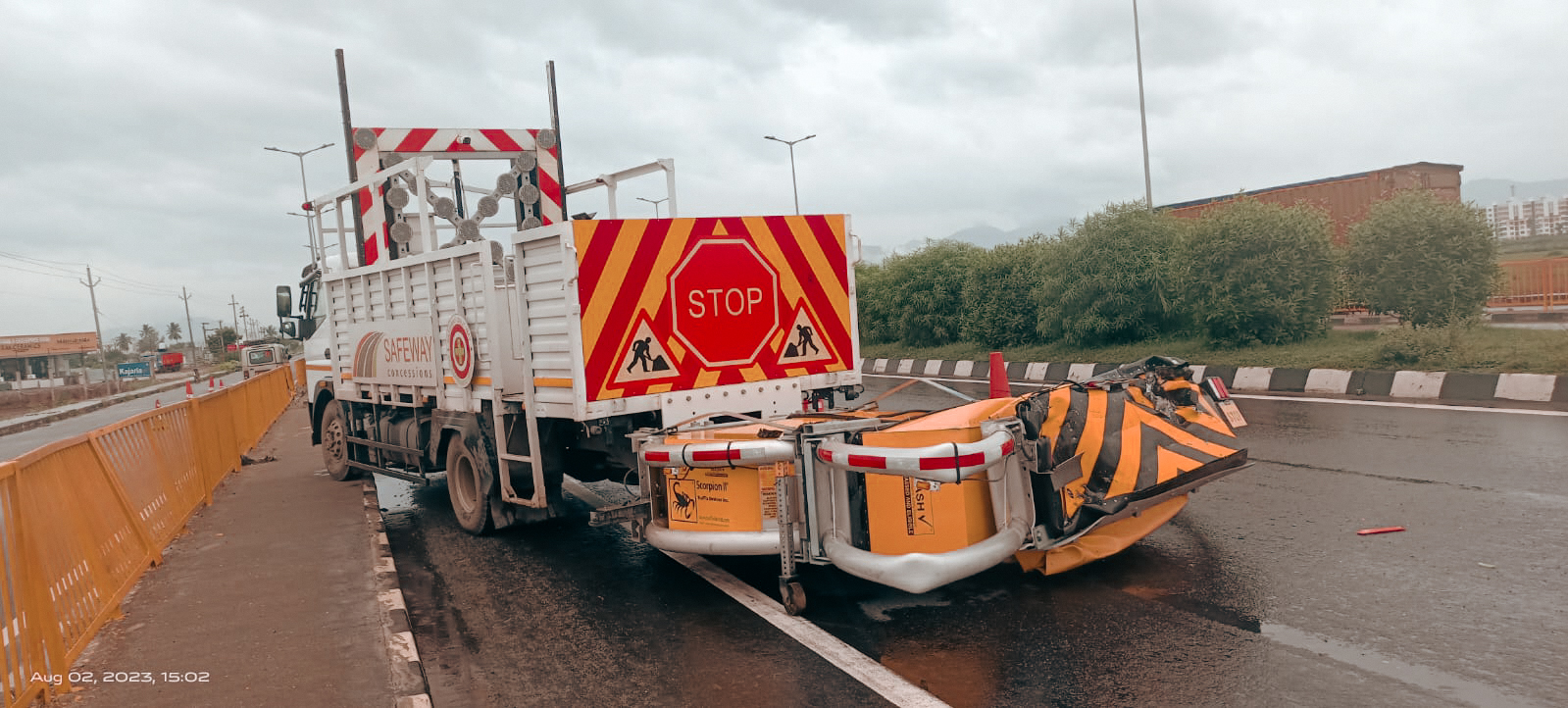Truck mounted attenuators, commonly known as TMAs, are crucial safety devices used to protect work zones and construction workers on highways. These attenuators are designed to absorb the impact of a vehicle, reducing the severity of collisions and providing a protective barrier for workers and equipment. They are typically mounted on the rear of maintenance and construction vehicles and are constructed with materials that effectively dissipate kinetic energy upon impact. TMAs are a vital component of work zone safety, significantly reducing the risk of injuries and fatalities in highway construction and maintenance operations. Understanding their function and proper deployment is essential for ensuring the safety of road workers and motorists alike.

What is the purpose of a truck-mounted attenuator?
A truck-mounted attenuator (TMA) serves a critical purpose in highway safety by providing a protective barrier for work zones and construction workers. When a vehicle impacts the TMA, it absorbs the kinetic energy, mitigating the severity of collisions and safeguarding workers and equipment. Typically mounted on the rear of maintenance and construction vehicles, TMAs are constructed with materials specifically engineered to effectively dissipate energy upon impact. Their deployment significantly reduces the risk of injuries and fatalities in highway construction and maintenance operations. Understanding the function and importance of TMAs is paramount for ensuring the safety of both road workers and motorists navigating work zones.
How do truck-mounted attenuators work?
Truck-mounted attenuators (TMAs) operate by absorbing the kinetic energy of a vehicle upon impact, thereby minimizing the severity of collisions and providing a protective barrier for construction workers and equipment in work zones. These crucial safety devices are typically mounted on the rear of maintenance and construction vehicles, constructed with materials engineered to effectively dissipate energy during a crash. When a vehicle strikes the TMA, the device’s design and materials work in tandem to reduce the risk of injuries and fatalities in highway construction and maintenance operations. Understanding the intricate workings of TMAs is essential for ensuring the safety of both road workers and motorists navigating through work zones.

What are the different types of truck-mounted attenuators available?
When considering the different types of truck-mounted attenuators (TMAs) available, it’s important to recognize the diverse options designed to meet specific safety needs in work zones. Various TMAs are engineered with distinct features and capabilities, such as crash cushions, steel construction, or energy-absorbing materials, each tailored to address different collision scenarios and work zone requirements. Understanding the nuances of these diverse TMAs is crucial for selecting the most suitable option to provide optimal protection for construction workers and equipment in highway maintenance and construction operations. Additionally, familiarity with the available TMAs enhances the overall safety measures implemented in work zones, ensuring comprehensive protection for both workers and motorists.

What are the benefits and drawbacks of each type?
When evaluating the benefits and drawbacks of each type of truck-mounted attenuator (TMA), it is essential to consider the diverse features and capabilities that cater to specific safety needs in work zones. Various TMAs are engineered with distinct crash cushions, steel construction, or energy-absorbing materials, aiming to address different collision scenarios and work zone requirements. Understanding the nuances of these diverse TMAs is crucial for selecting the most suitable option to provide optimal protection for construction workers and equipment in highway maintenance and construction operations. Familiarity with the available TMAs enhances the overall safety measures implemented in work zones, ensuring comprehensive protection for both workers and motorists.
What factors should be considered when selecting a truck-mounted attenuator?
When selecting a truck-mounted attenuator (TMA), several crucial factors must be considered to ensure optimal protection for work zones and construction workers on highways. The diverse options available are engineered with distinct features and capabilities, such as crash cushions, steel construction, or energy-absorbing materials, tailored to address different collision scenarios and work zone requirements. Understanding the nuances of these diverse TMAs is paramount for selecting the most suitable option to provide comprehensive protection for construction workers and equipment in highway maintenance and construction operations. Familiarity with the available TMAs enhances the overall safety measures implemented in work zones, ensuring comprehensive protection for both workers and motorists.


